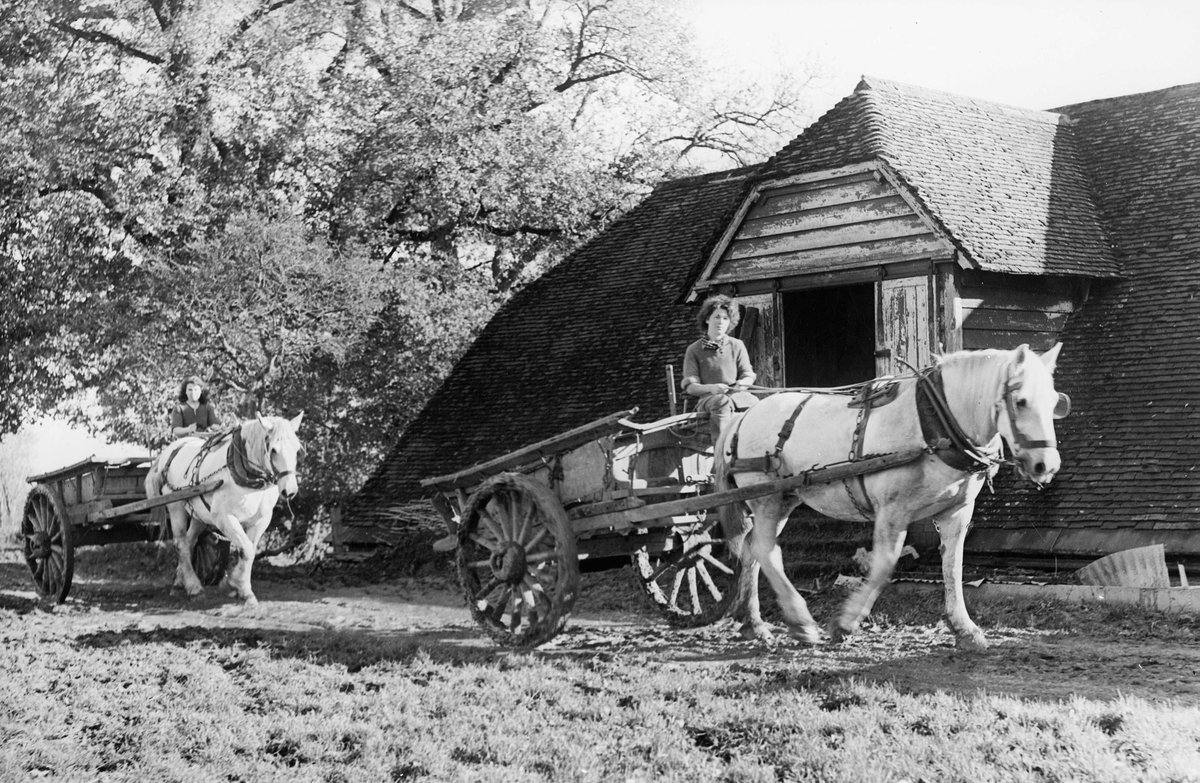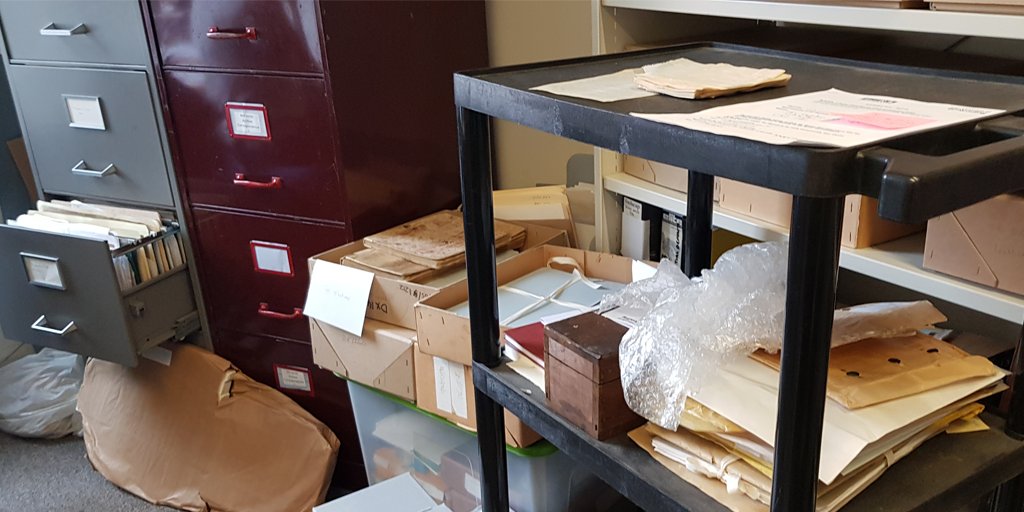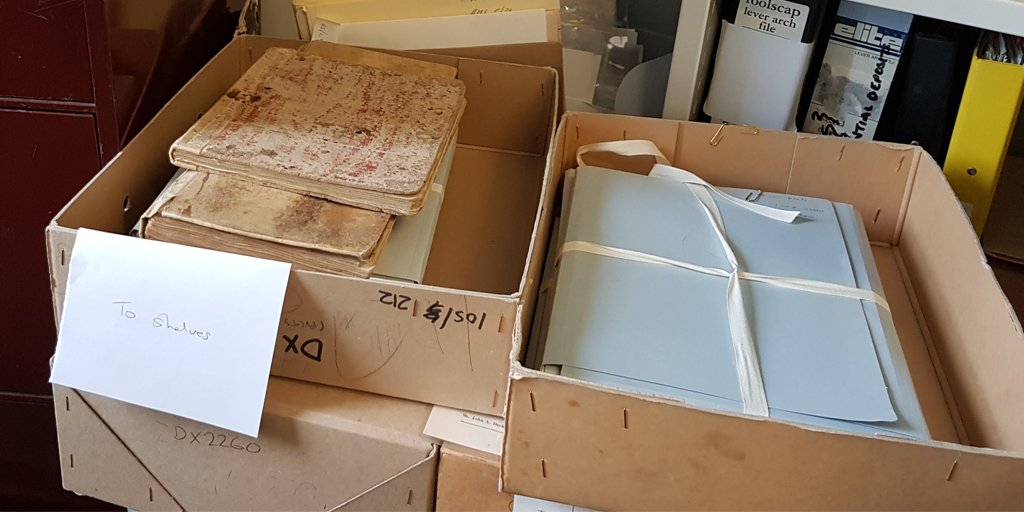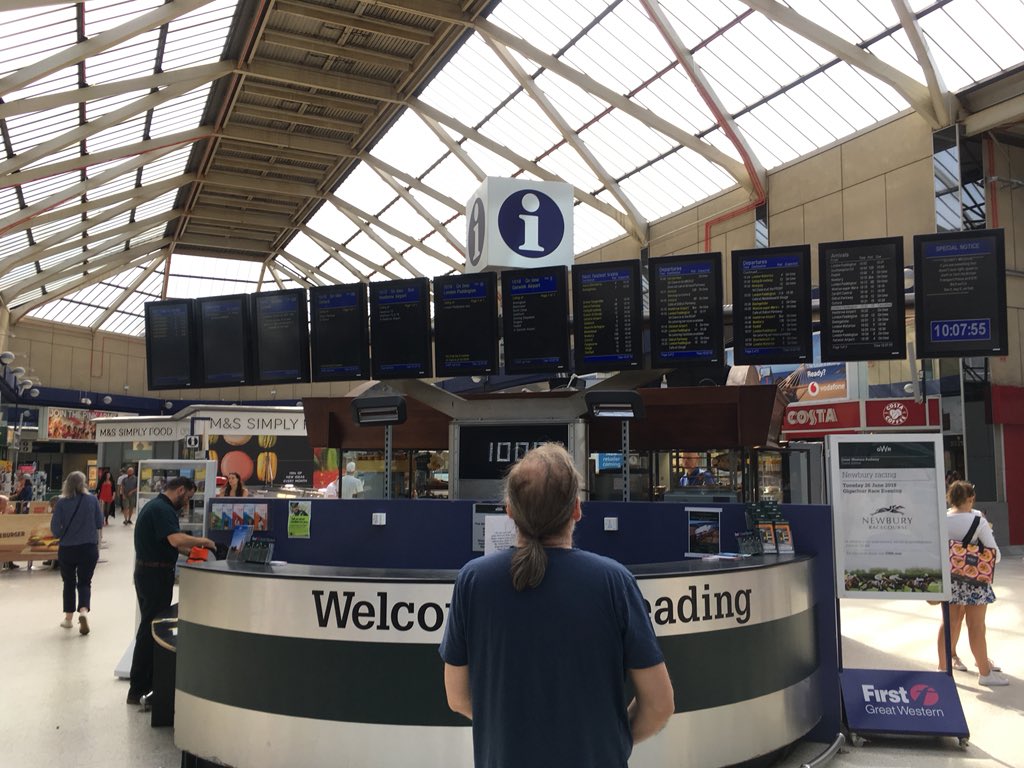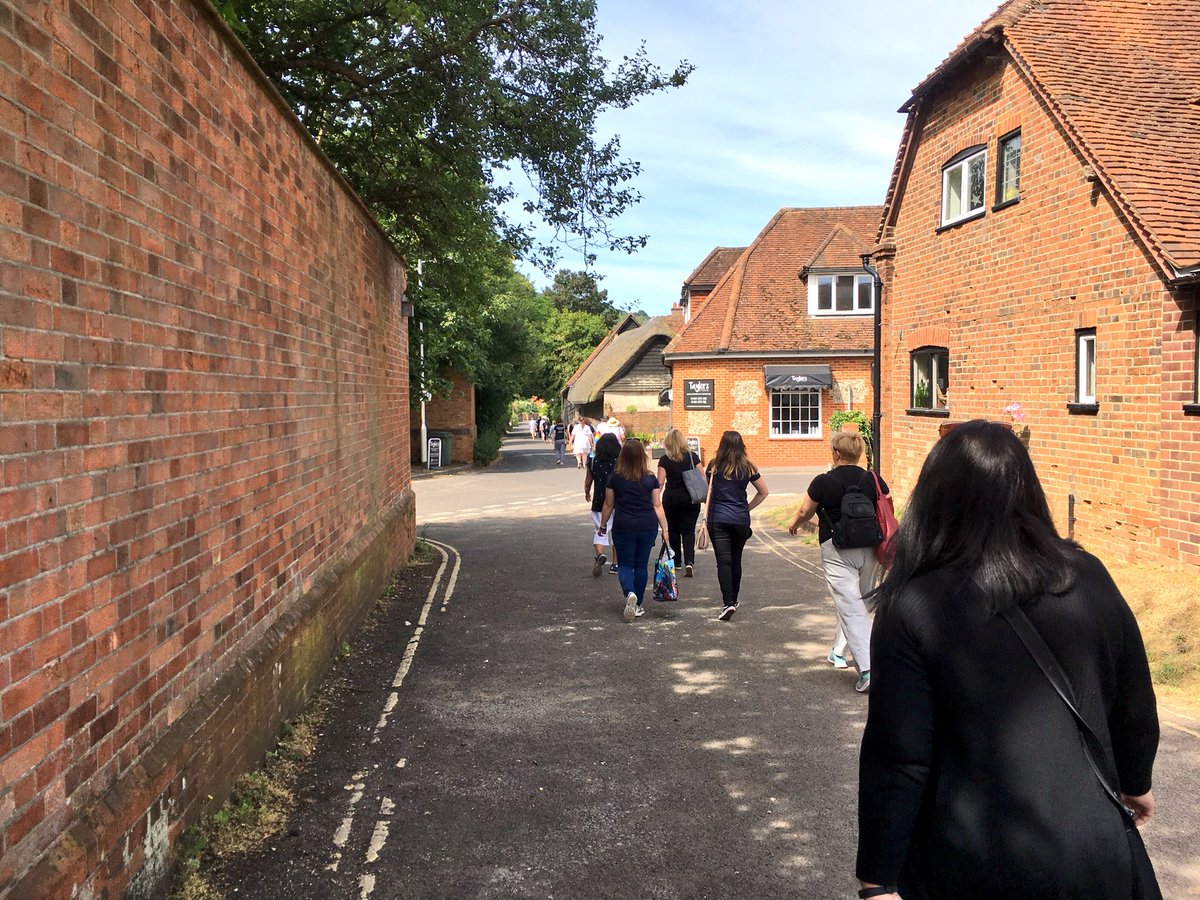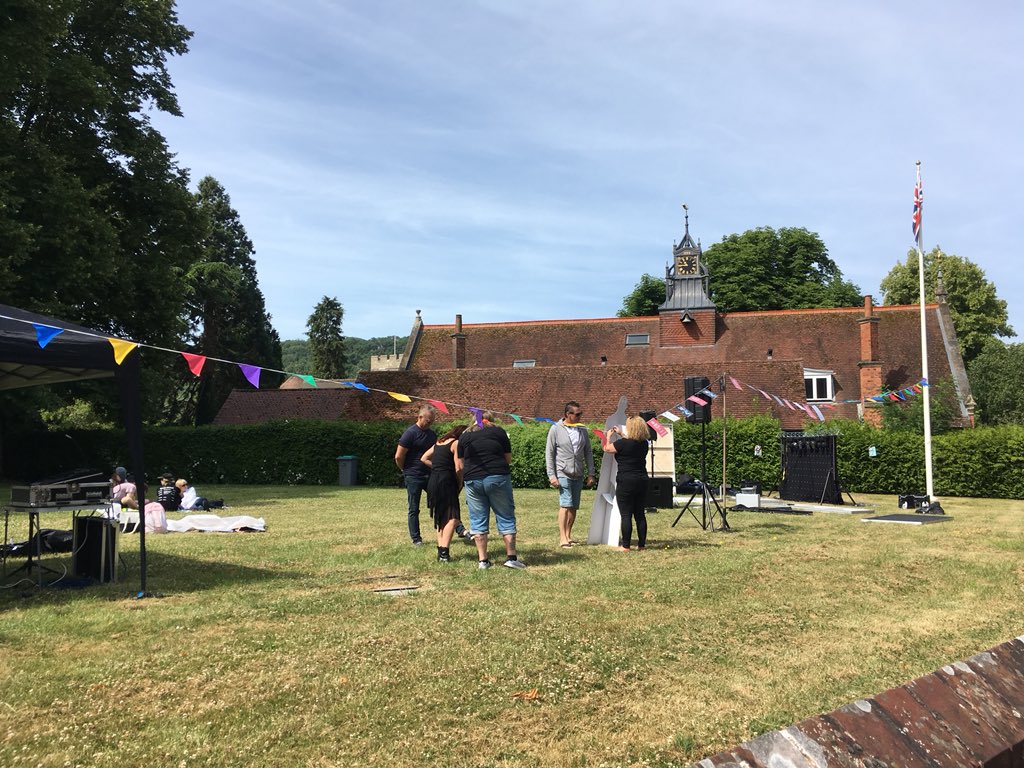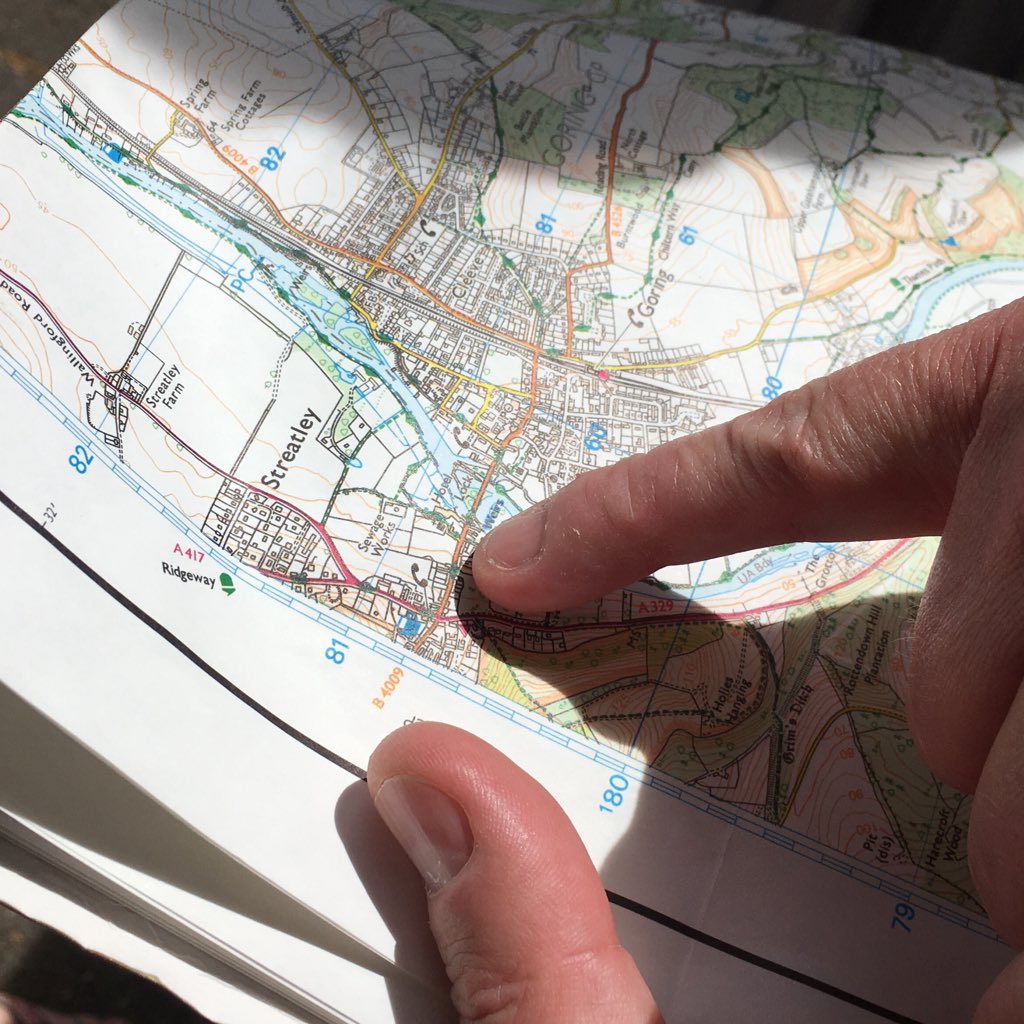Wagons are a pinnacle of English craft.
Imagine looking at some wood and metal, just sitting there on the ground all formless, and thinking: I can make a thing of both utility and beauty out of this.
Here’s a thread about how they do that. #MusTools
Imagine looking at some wood and metal, just sitting there on the ground all formless, and thinking: I can make a thing of both utility and beauty out of this.
Here’s a thread about how they do that. #MusTools
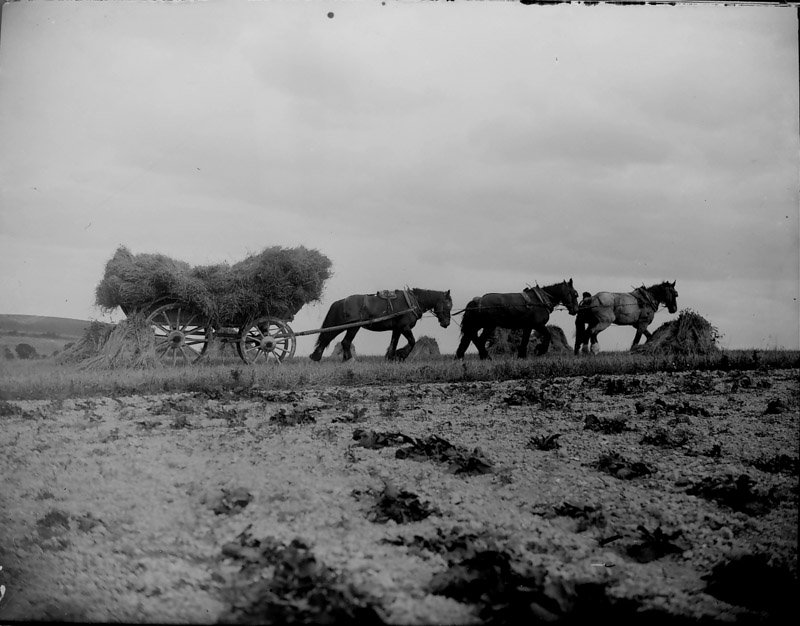
Firstly a note on wagons.
Before the combustion engine and pneumatic tyres, vehicles relied on their construction and draught animals to be able to get around.
Each wagon is a distillation of its region’s geography. Each is uniquely suited to its environment.
#MusTools
Before the combustion engine and pneumatic tyres, vehicles relied on their construction and draught animals to be able to get around.
Each wagon is a distillation of its region’s geography. Each is uniquely suited to its environment.
#MusTools
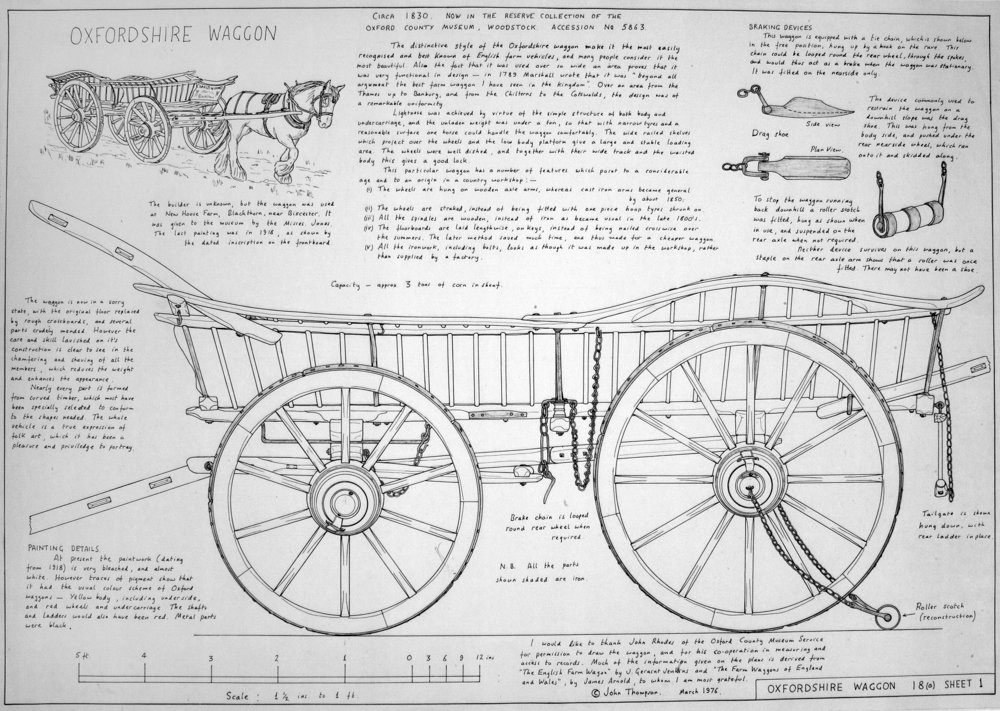
Wagons are so complicated it feels like we need a PhD just to look at them.
Craftspeople use roughly 80-90 different tools to make one.
This includes sawing the wood, crafting the wheel, forging the ironwork, tyring the wheels and painting the body.
#MusTools
Craftspeople use roughly 80-90 different tools to make one.
This includes sawing the wood, crafting the wheel, forging the ironwork, tyring the wheels and painting the body.
#MusTools
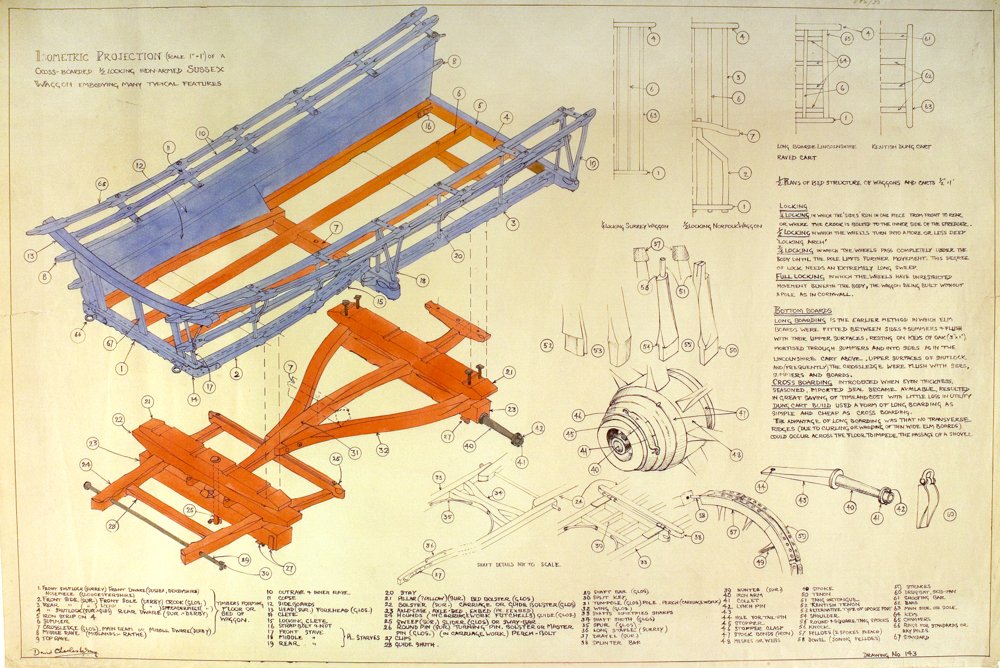
Okay, so even just the hub itself (round thing in the middle of the wheel).
You saw lengths of elm logs, then you leave them on a shelf for a few years.
Seriously. Just let them chill and season. For years.
#SeasonAndChill #MusTools
You saw lengths of elm logs, then you leave them on a shelf for a few years.
Seriously. Just let them chill and season. For years.
#SeasonAndChill #MusTools
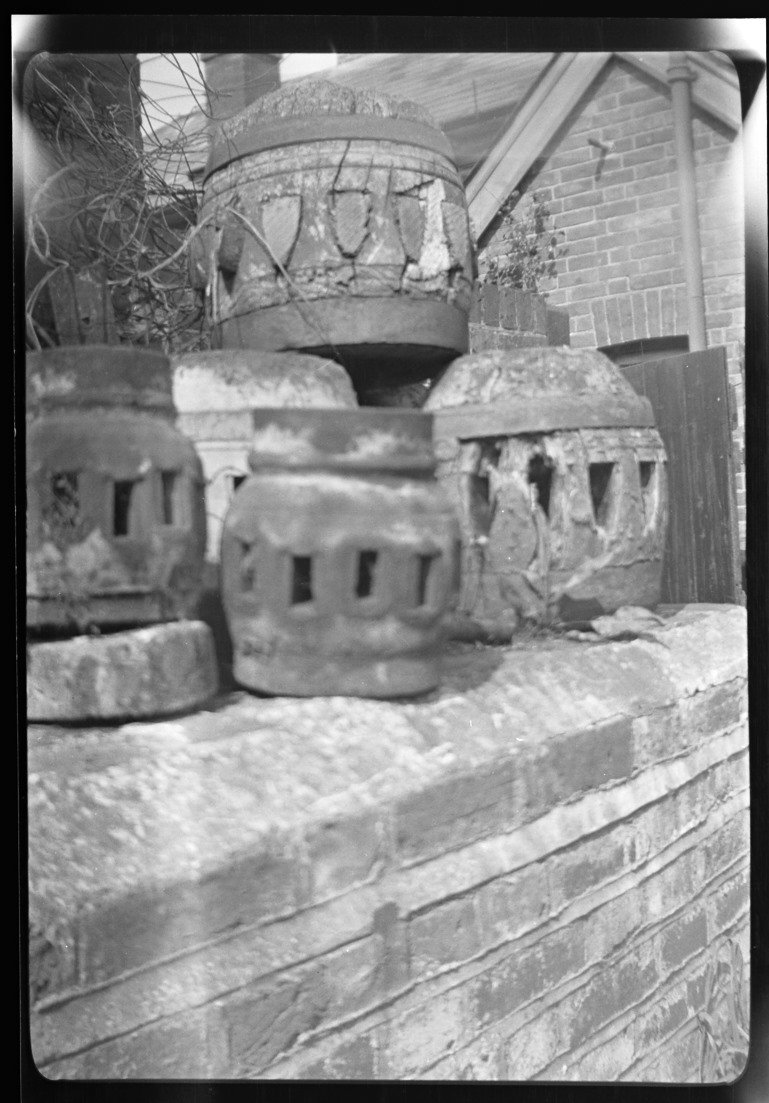
Then, you give them a spin on a lathe until they're the right diamater, mark and chisel out the mortice holes for the spokes and then eventually bore a hole through the middle.
#MusTools
#MusTools

That thing which looks like a Medieval torture instrument next ti the wheel is our hub boring machine.
#MusTools
#MusTools
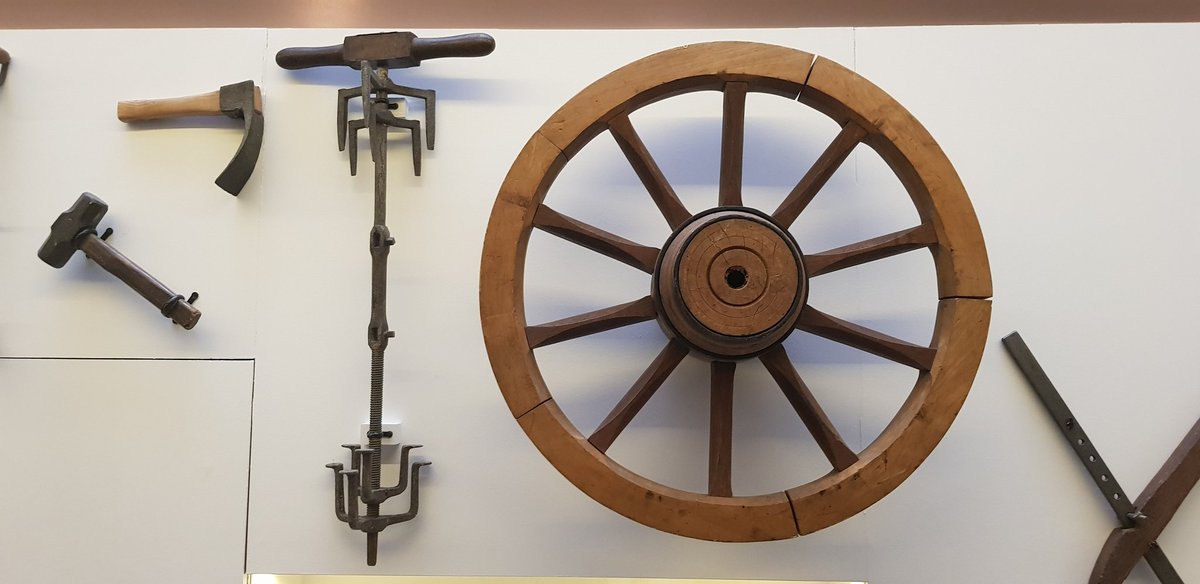
Then you #SpokeItUp.
Making spokes is REALLY simple:
•find well-seasoned oak
•cleave it
•shape with an axe (it’s okay to be rough)
•trim it with a drawing knife or spokeshave
•a bit of tenoning to make a tongue at the end to fit the hole in the hub
#Simple #MusTools
Making spokes is REALLY simple:
•find well-seasoned oak
•cleave it
•shape with an axe (it’s okay to be rough)
•trim it with a drawing knife or spokeshave
•a bit of tenoning to make a tongue at the end to fit the hole in the hub
#Simple #MusTools

You then drive the spokes into the hub, using a spoke set gauge to make sure the angle is right.
Why’s the angle important?
GLAD YOU ASKED.
Why’s the angle important?
GLAD YOU ASKED.

Well wagon wheels aren't straight, but dished.
This allows the wagon to be built wider, but also makes the wheel stronger by adding resistance to lateral thrusts. As they turn the spoke on the bottom is always perpendicular.
We don’t know what you can do with this knowledge.
This allows the wagon to be built wider, but also makes the wheel stronger by adding resistance to lateral thrusts. As they turn the spoke on the bottom is always perpendicular.
We don’t know what you can do with this knowledge.

Ok, so you have your hub and your spokes. Now you need to bring in some jolly good felloes.
These are the bits which form the wheel's circular shape.
#MusTools
These are the bits which form the wheel's circular shape.
#MusTools
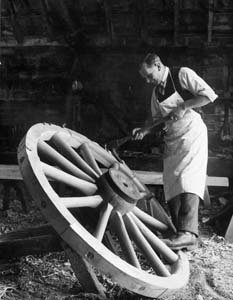
You shape the wood with a Bettye Saw, trim them with an Adze or Drawing Knife and then you plane them.
You lay your sweet wheel down and then tap the felloes onto the spokes, and then draw them together using the spoke dog and a big mallet.
#MusTools
You lay your sweet wheel down and then tap the felloes onto the spokes, and then draw them together using the spoke dog and a big mallet.
#MusTools
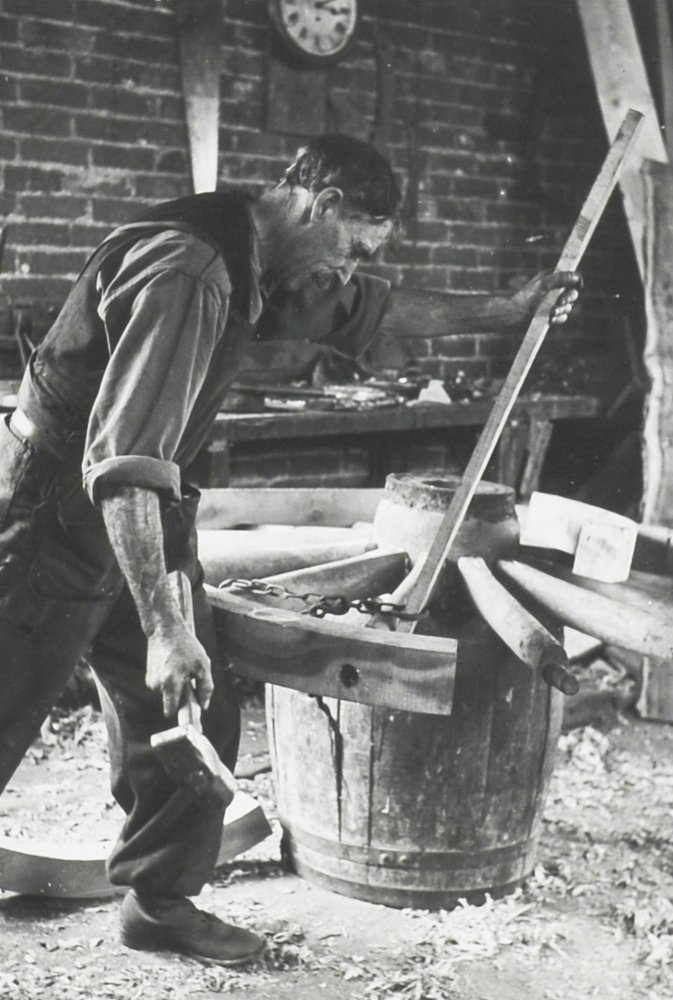
Once that's done, you're ready to tyre.
Up until the 20th century a popular method of tyring was to nail bands of metal called strakes to the wood. Afterwards, hooped iron tyres were preferred.
#MusTools
Up until the 20th century a popular method of tyring was to nail bands of metal called strakes to the wood. Afterwards, hooped iron tyres were preferred.
#MusTools
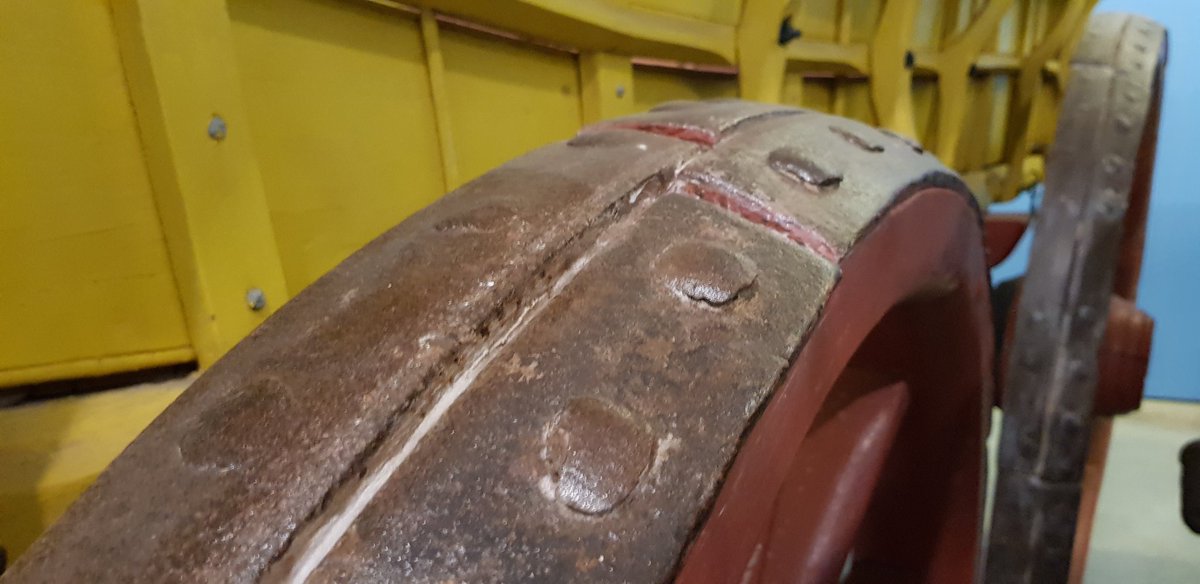
For a hooped tyre, the metal is measured using a traveller, the metal heated and curved.
It’s then put onto the wheel while hot using tyre dogs, and quickly submerged in water to make the metal contract onto the wheel.
#MusTools



It’s then put onto the wheel while hot using tyre dogs, and quickly submerged in water to make the metal contract onto the wheel.
#MusTools
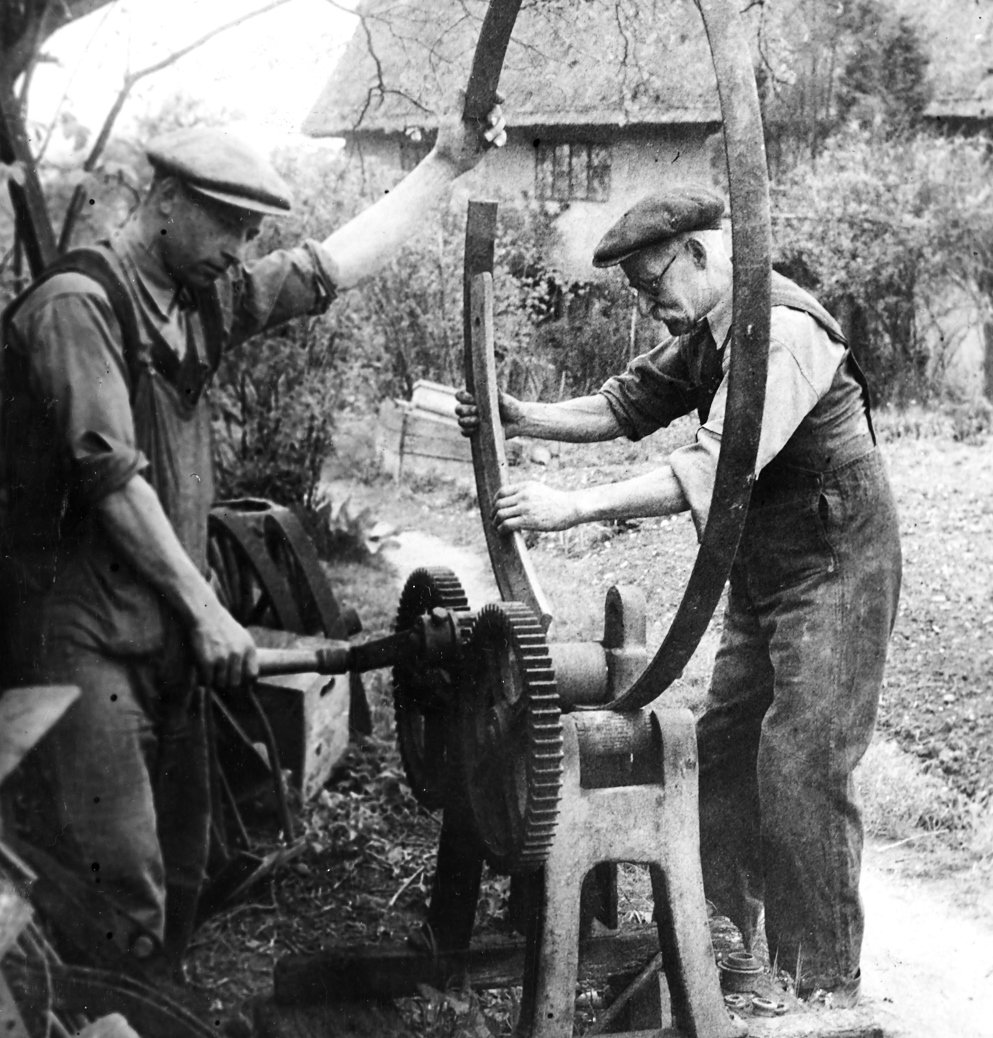
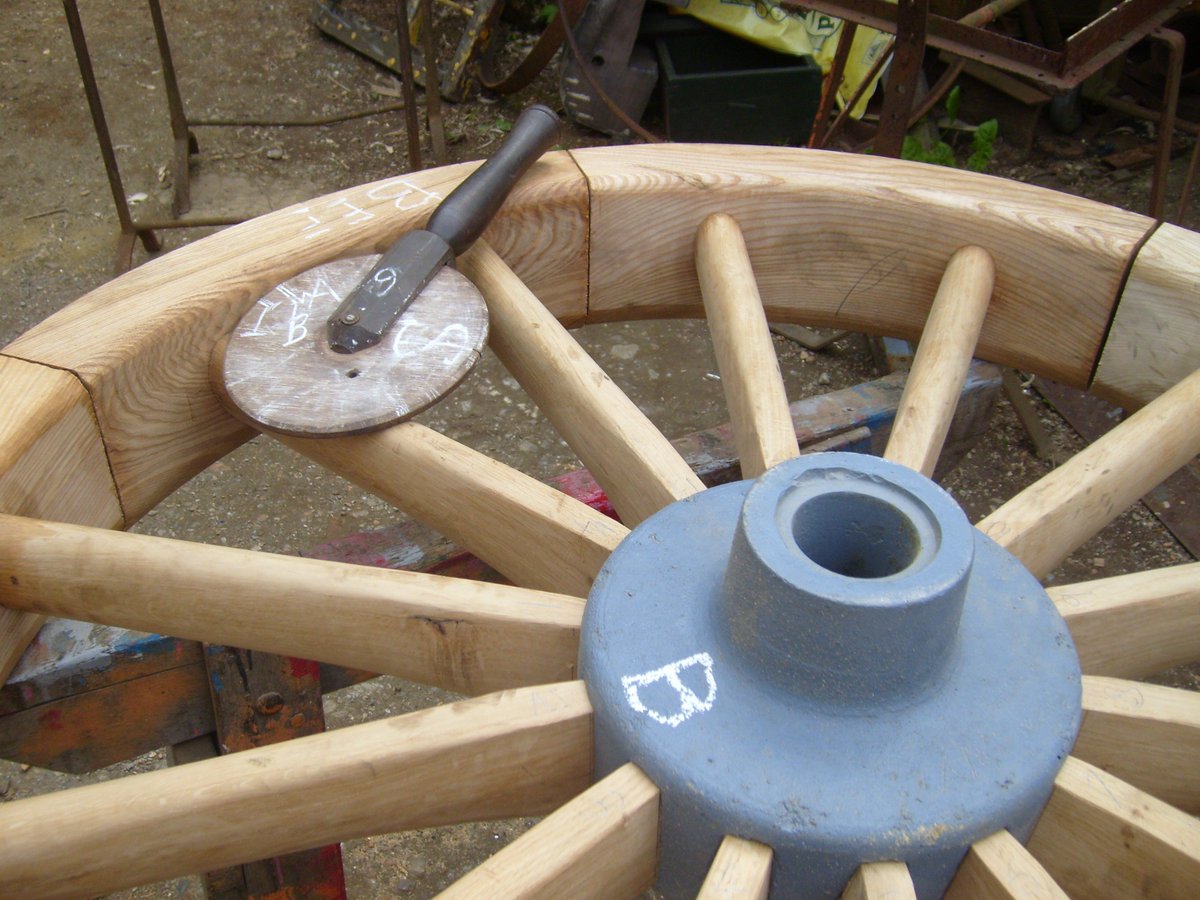
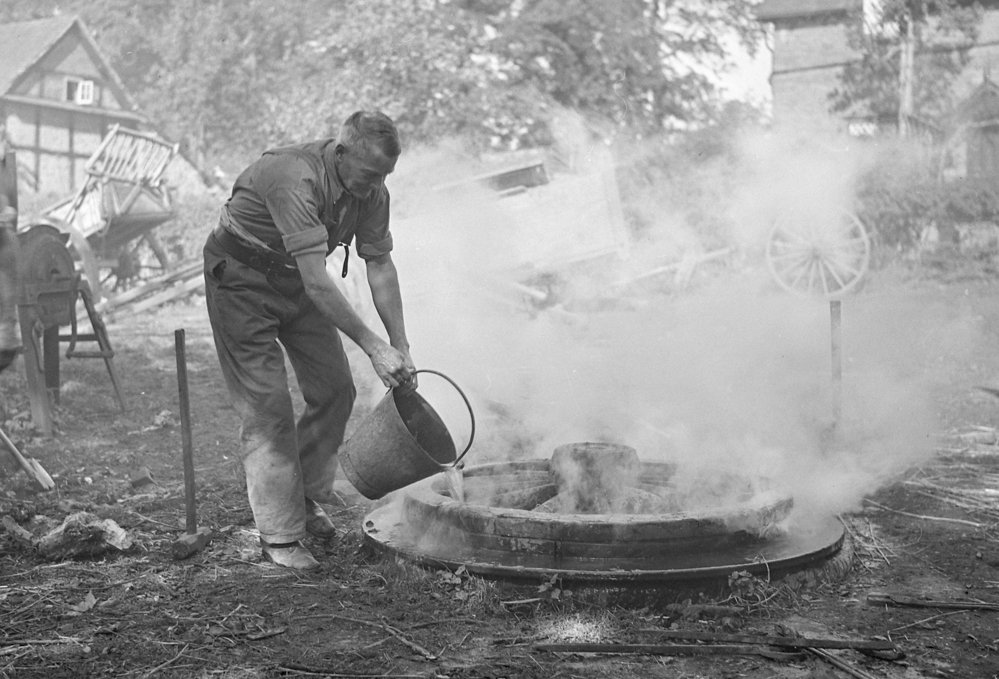
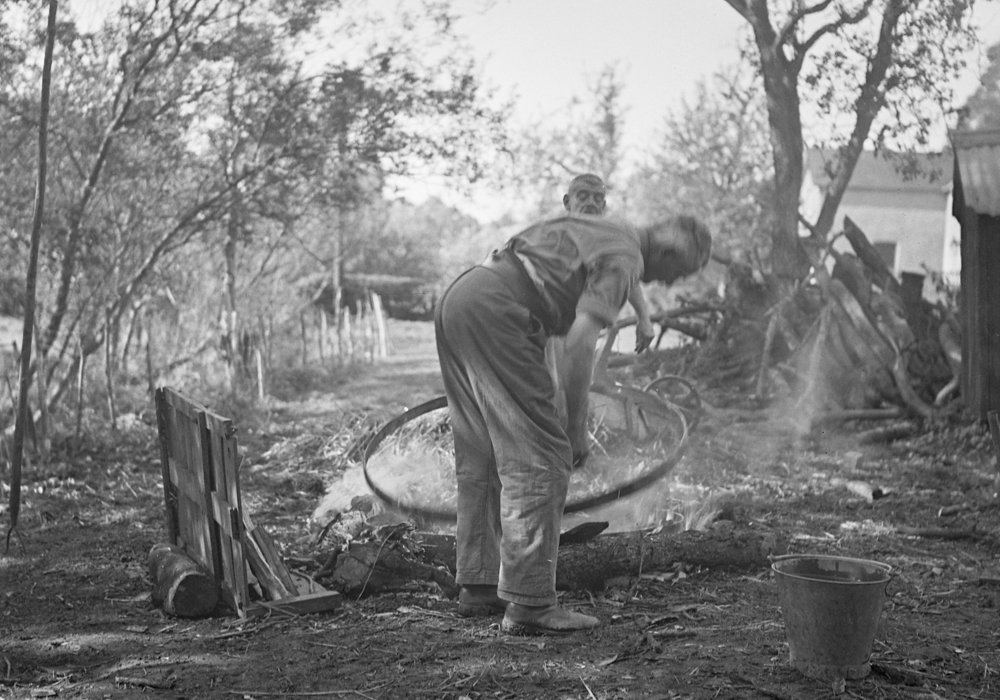
Once the wheels are made, the body is crafted by a wainwright (who was sometimes the same person as the wheelwright).
Beech or ash was used for the axle, though iron was common later. It was cut according to a frame, then shaped with a drawknife or spokeshave.
#MusTools
Beech or ash was used for the axle, though iron was common later. It was cut according to a frame, then shaped with a drawknife or spokeshave.
#MusTools
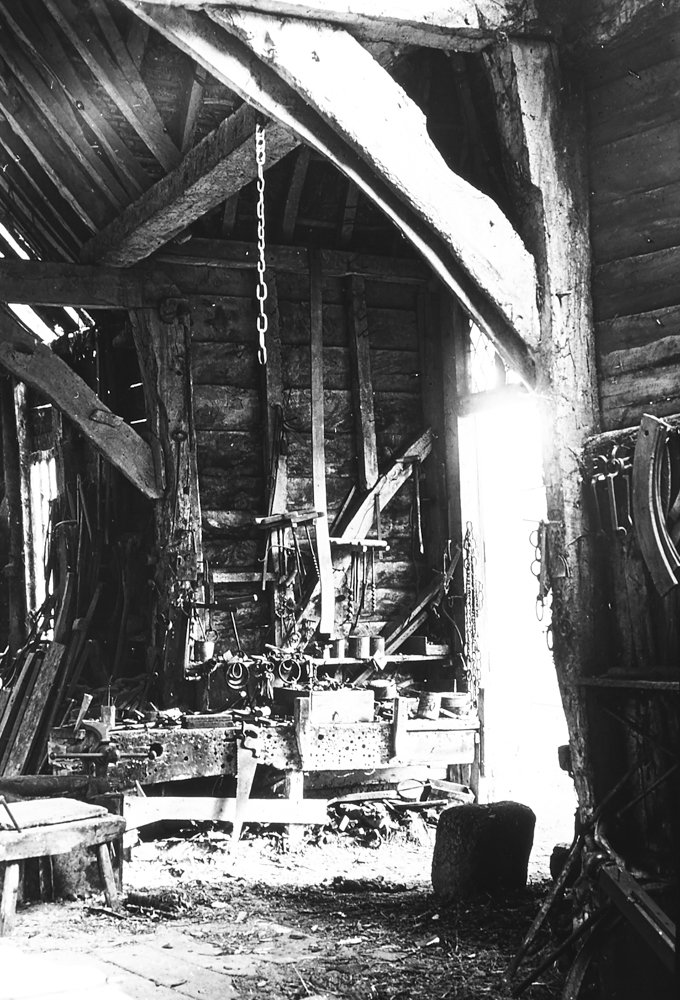
Sideboards, endboards and all the rest of the body of the wagon was built according to local tradition.
You could have panels, spindles or planks depending on where in the country or which wainwright you had. The iron supports were entirely down to the blacksmith.
#MusTools

You could have panels, spindles or planks depending on where in the country or which wainwright you had. The iron supports were entirely down to the blacksmith.
#MusTools
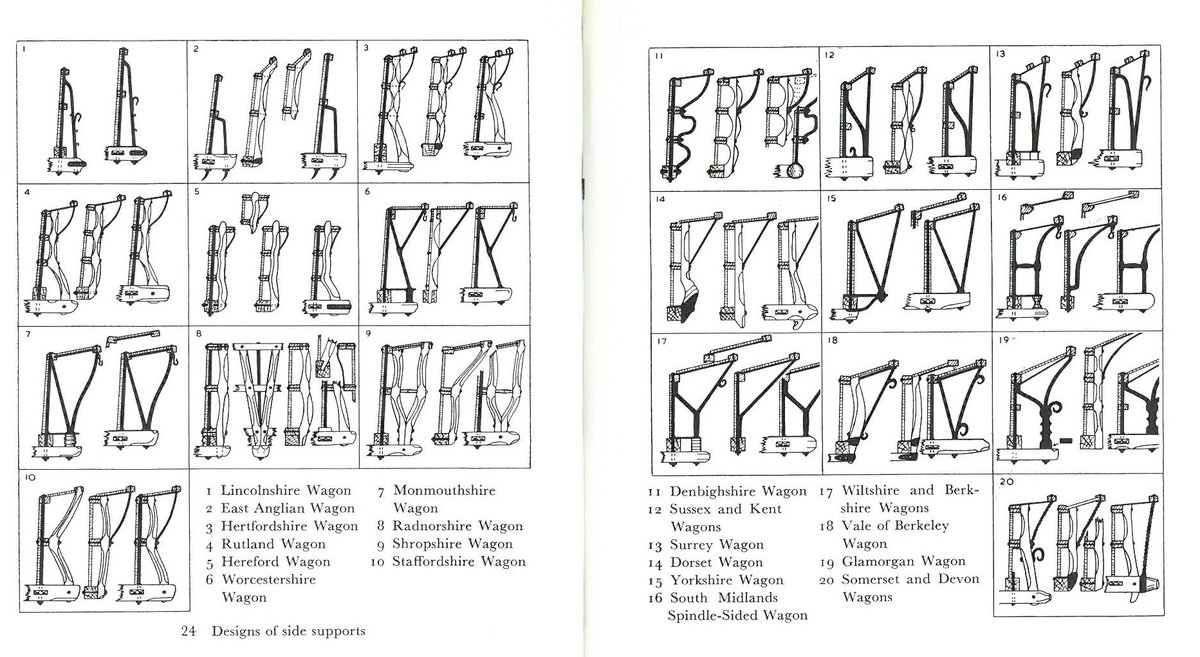
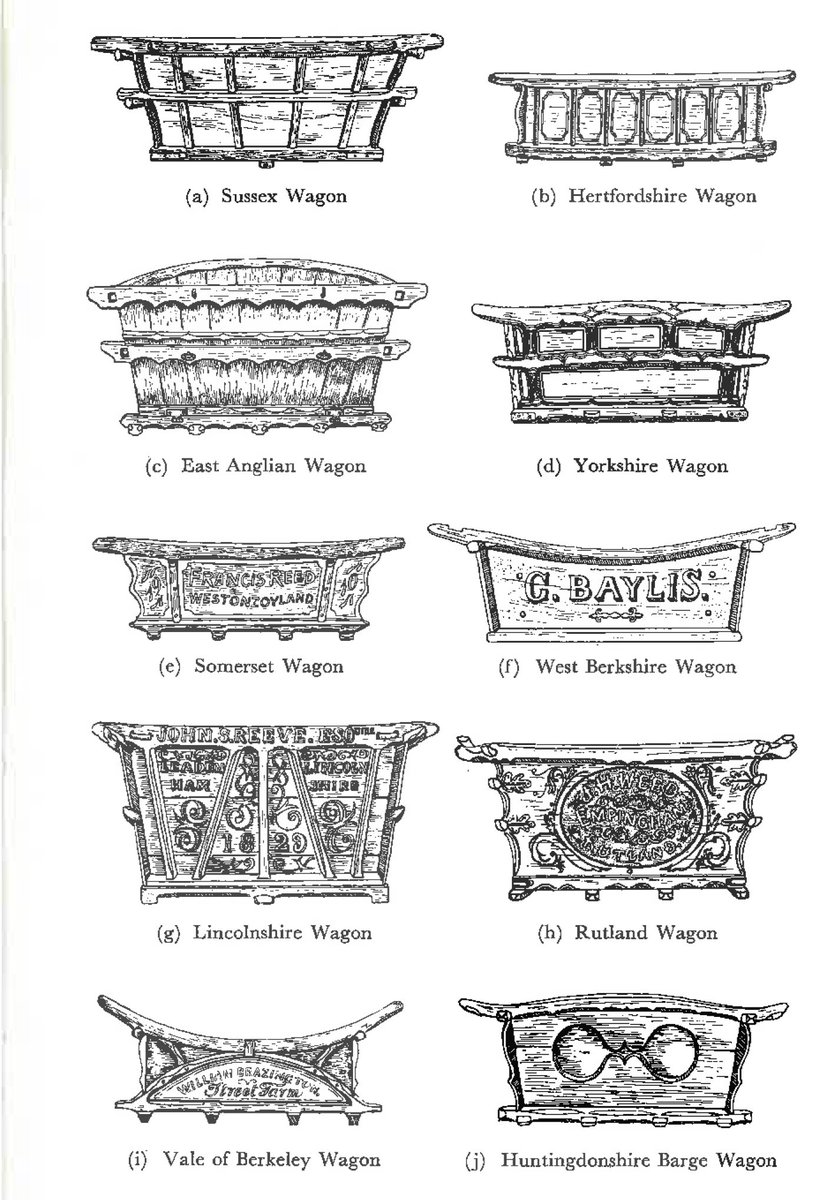
So what we're trying to say is wagons are complicated things to build.
They require precision and skill, but also tradition to bring them alive. We love wagons.
#MusTools



They require precision and skill, but also tradition to bring them alive. We love wagons.
#MusTools
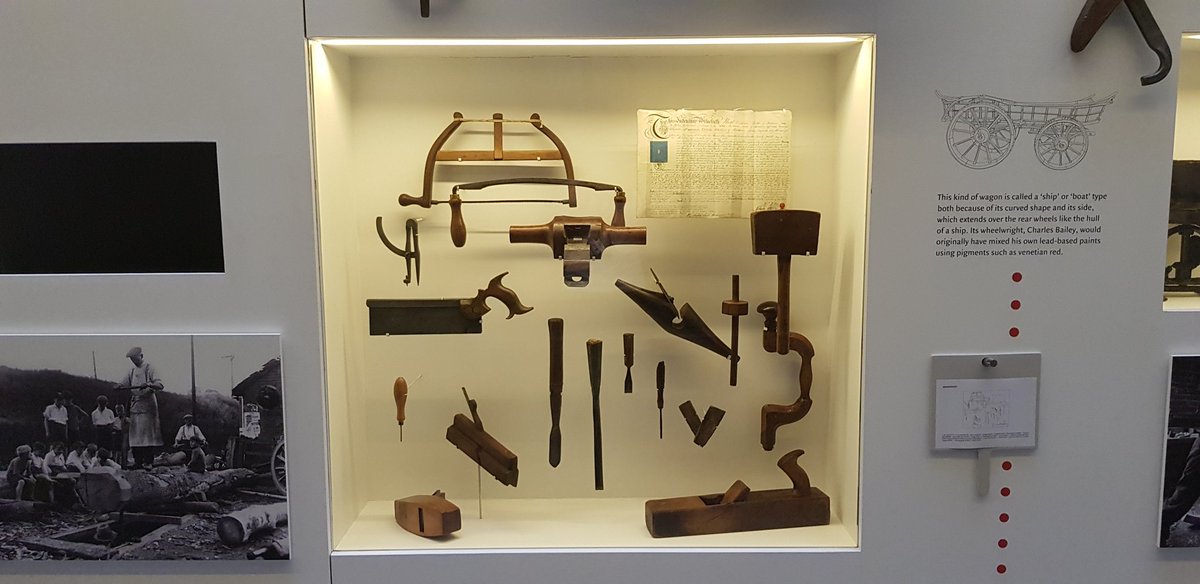
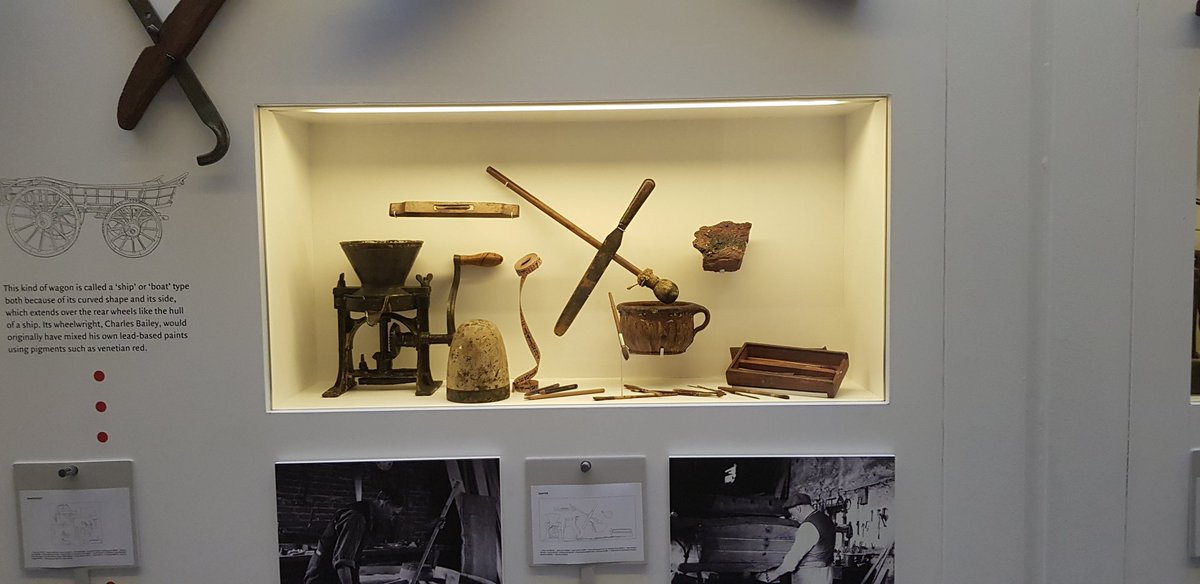
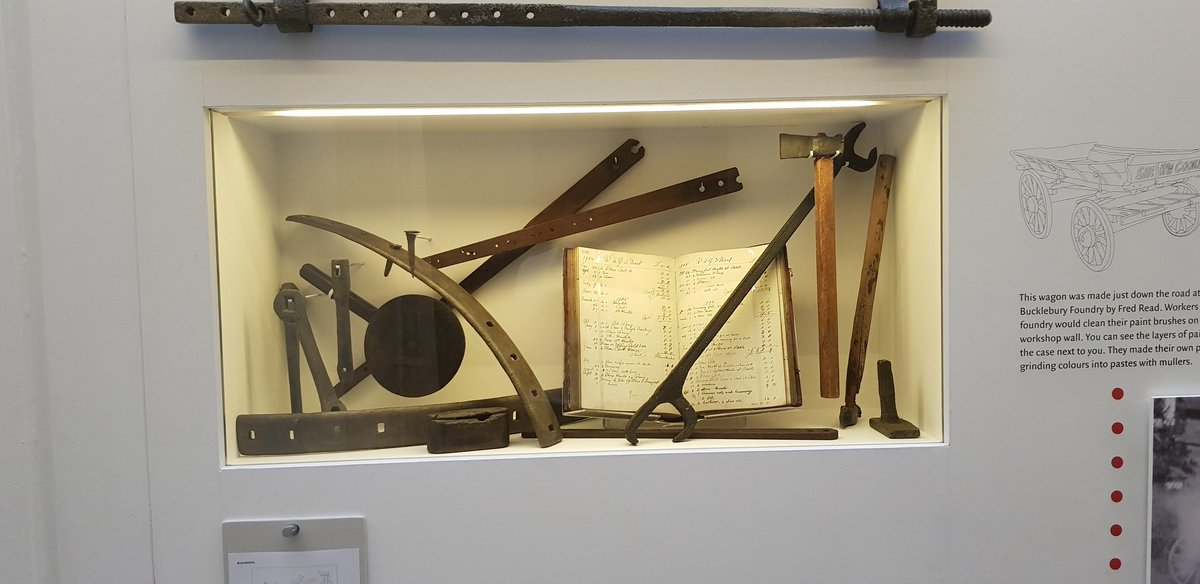

• • •
Missing some Tweet in this thread? You can try to
force a refresh

